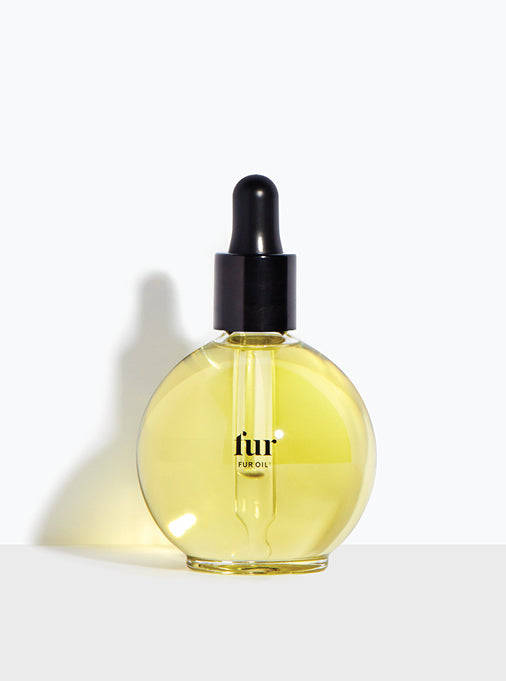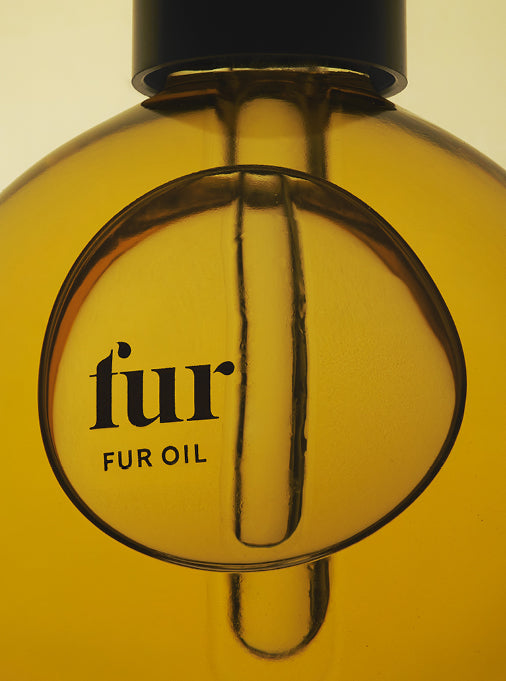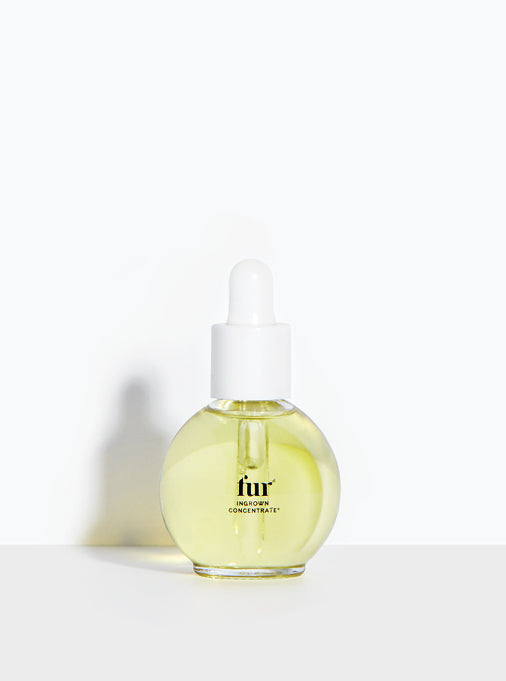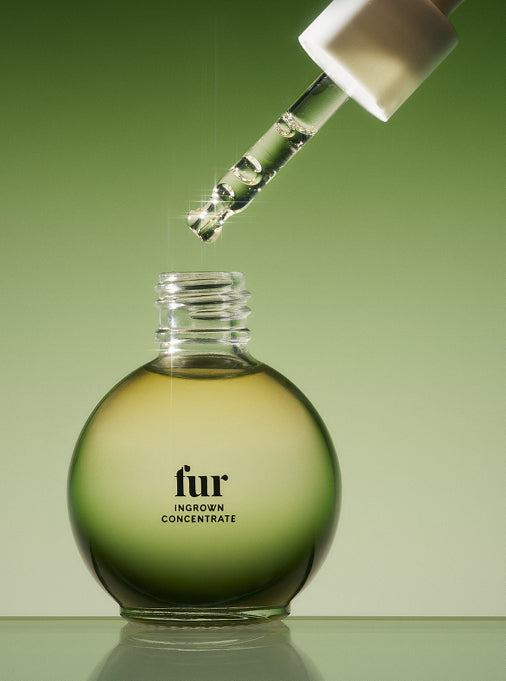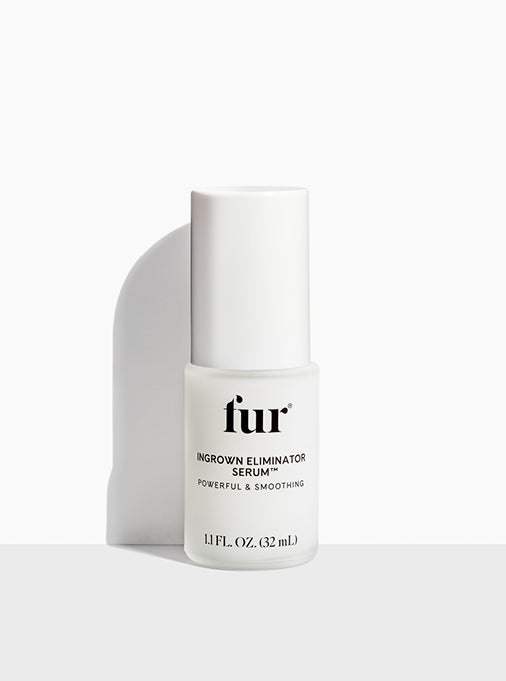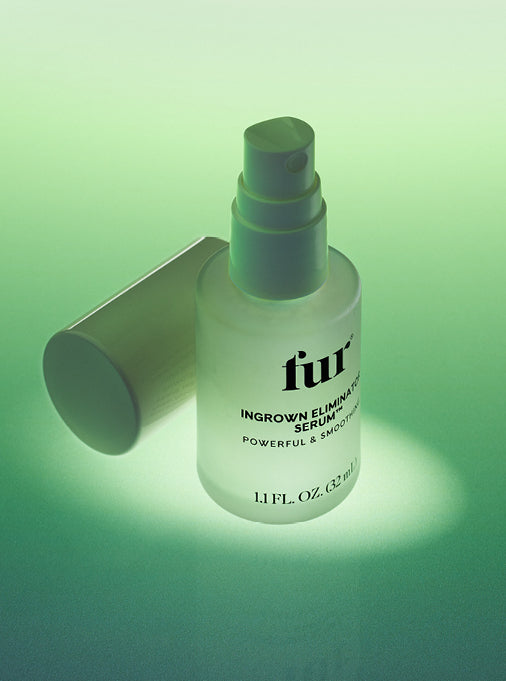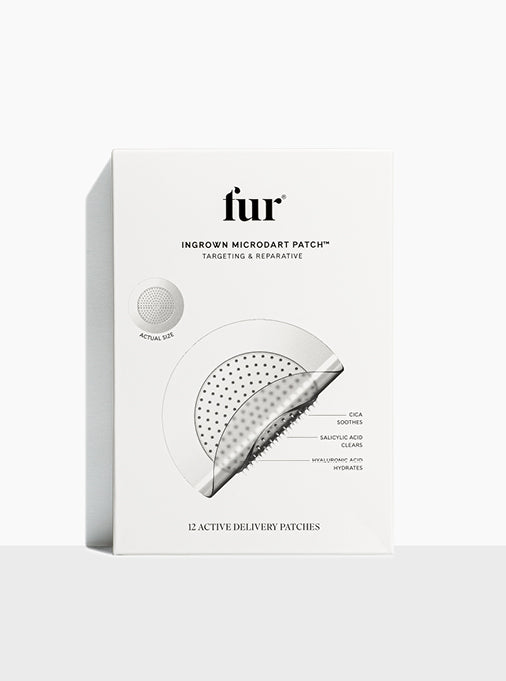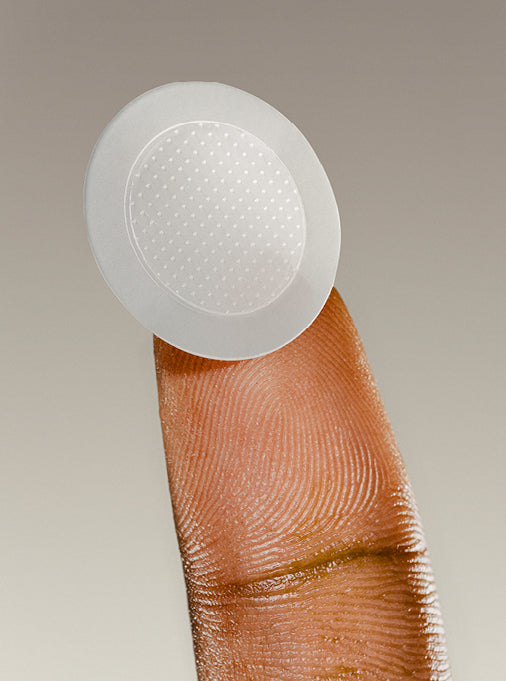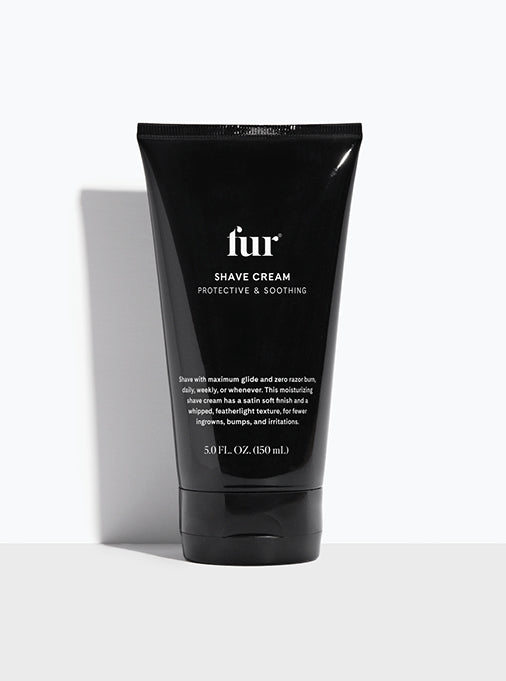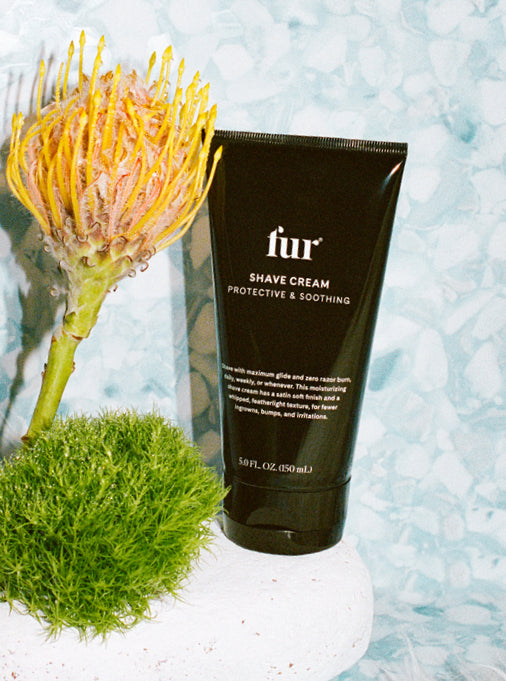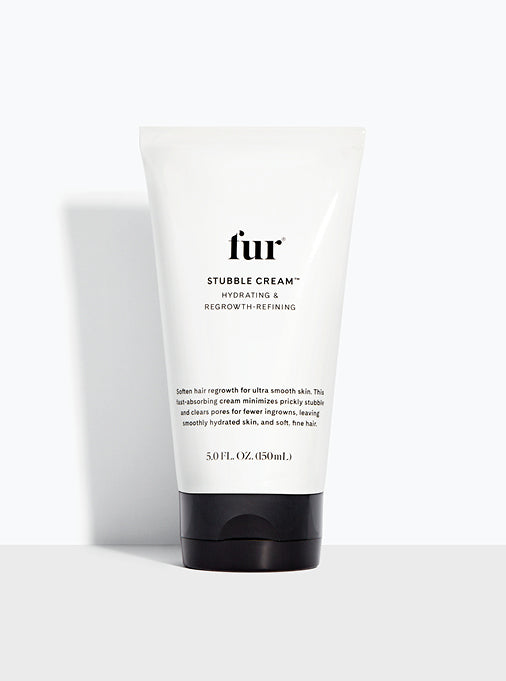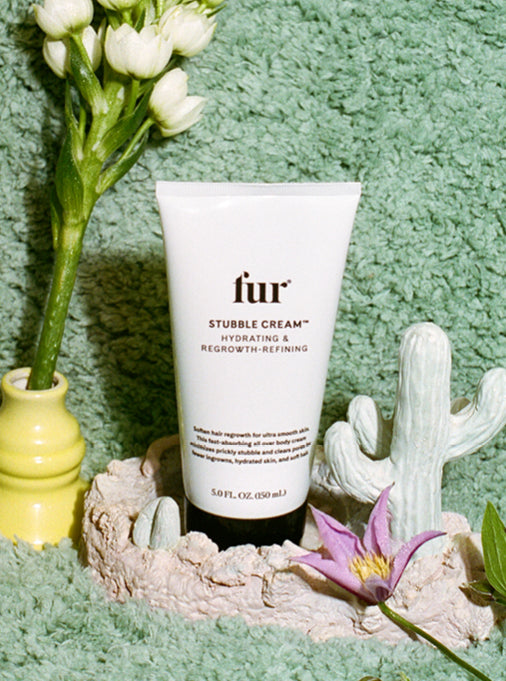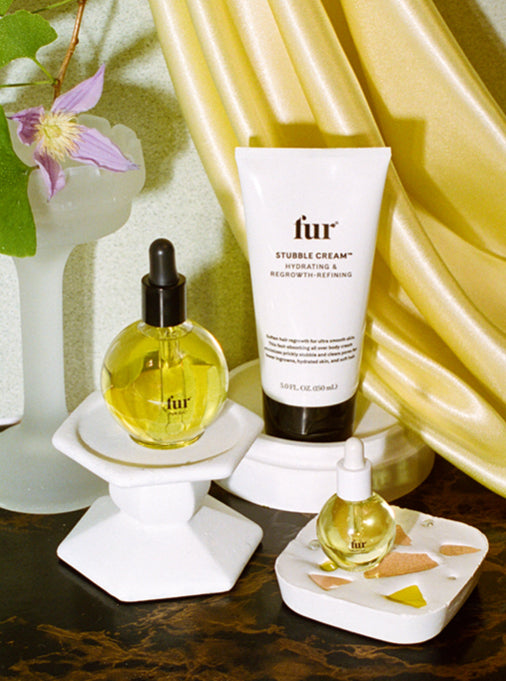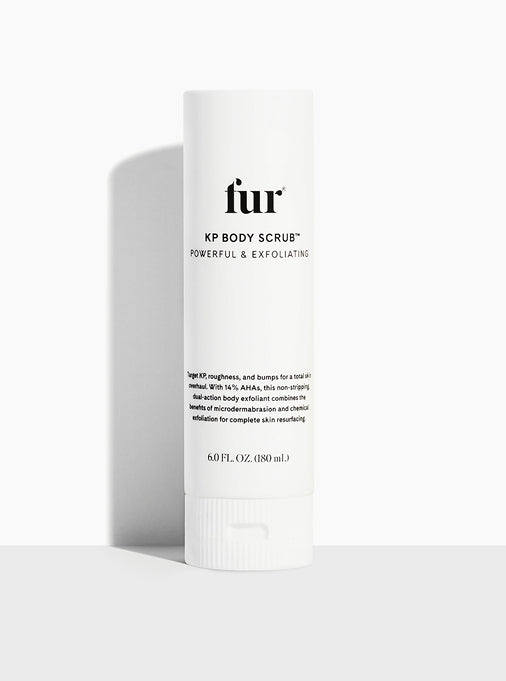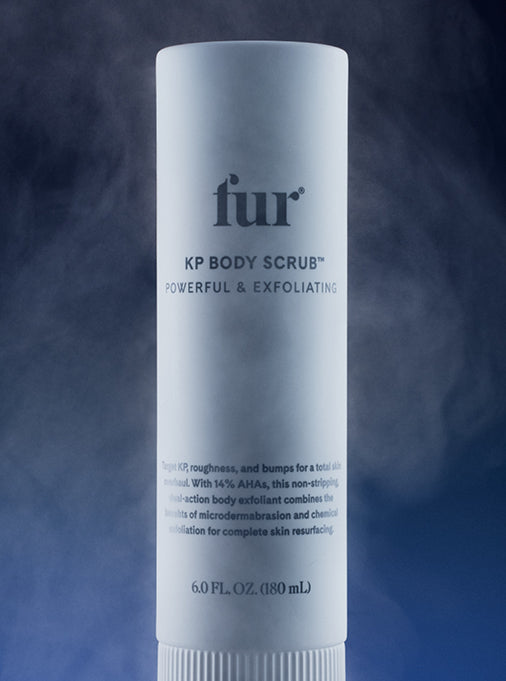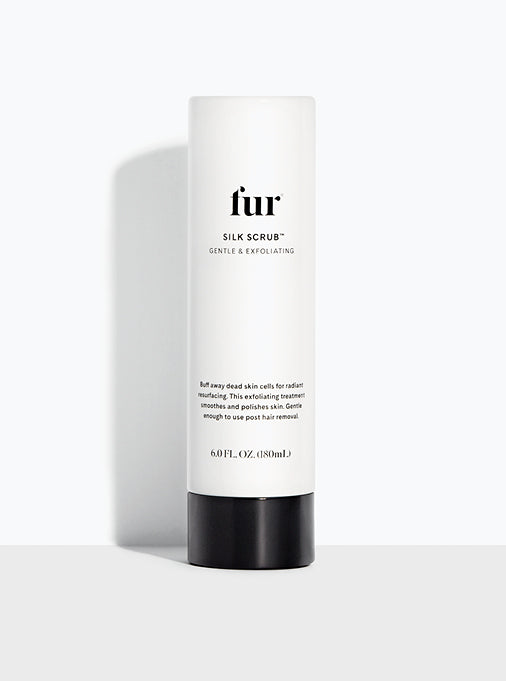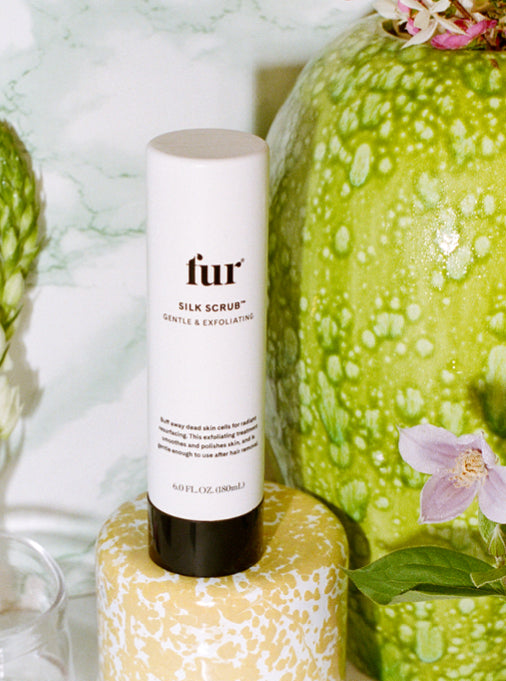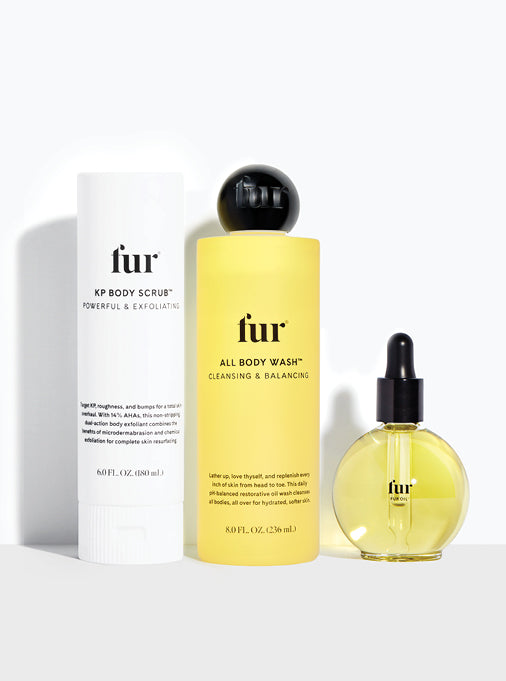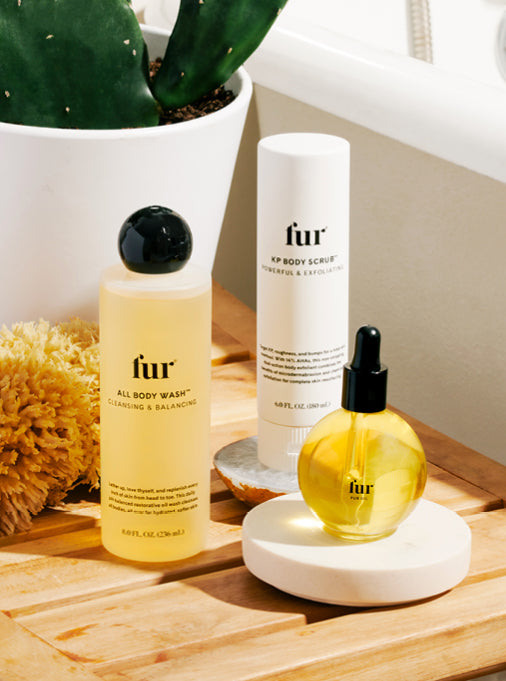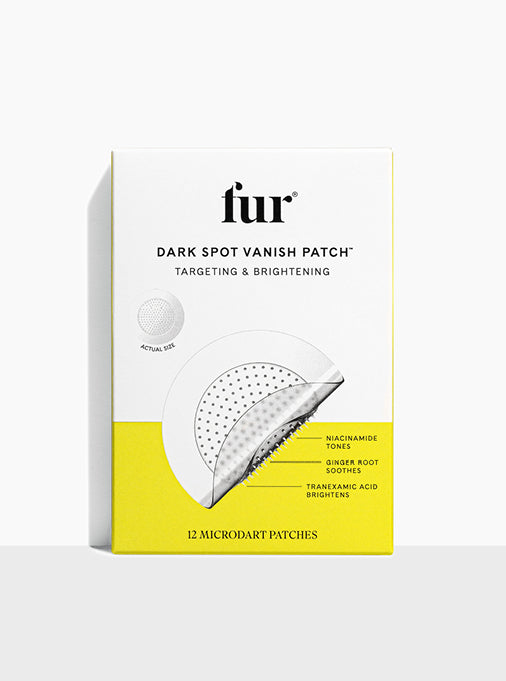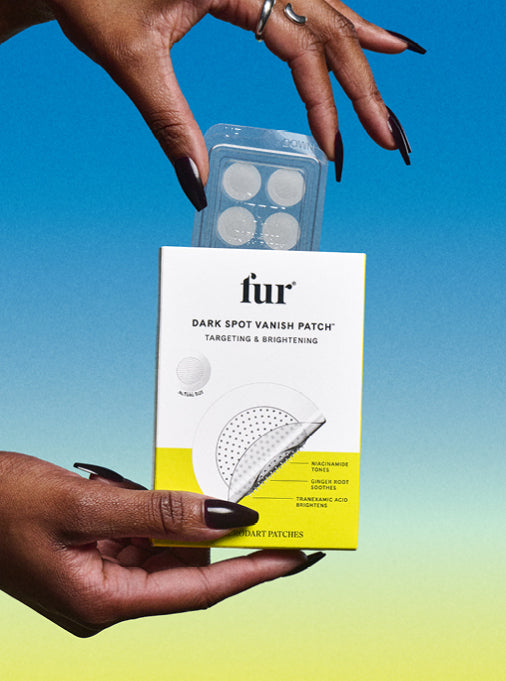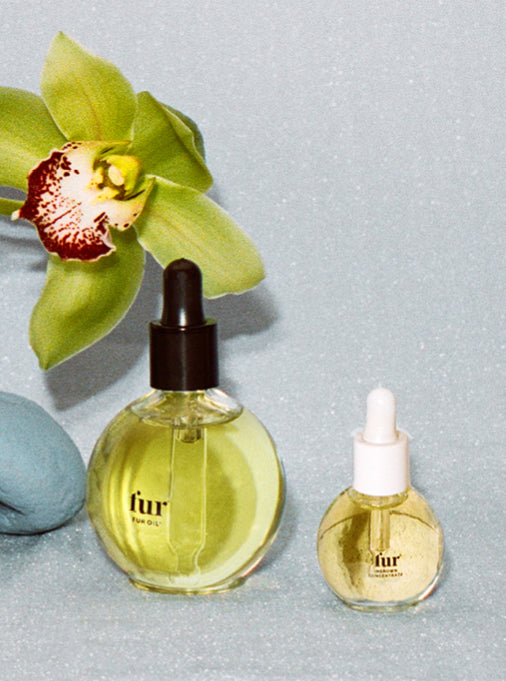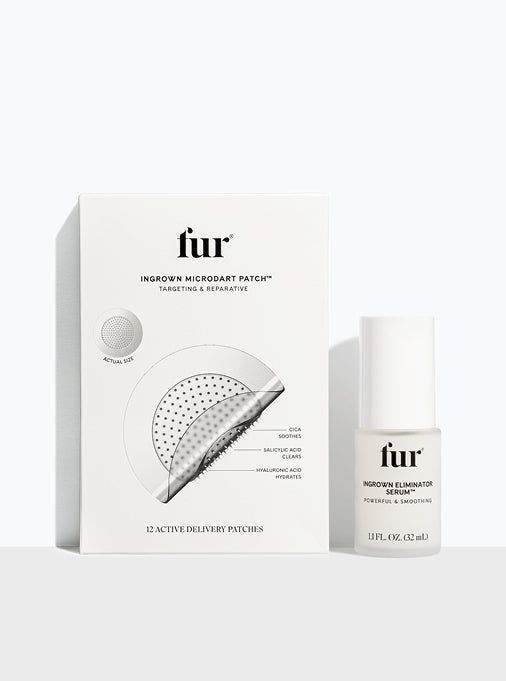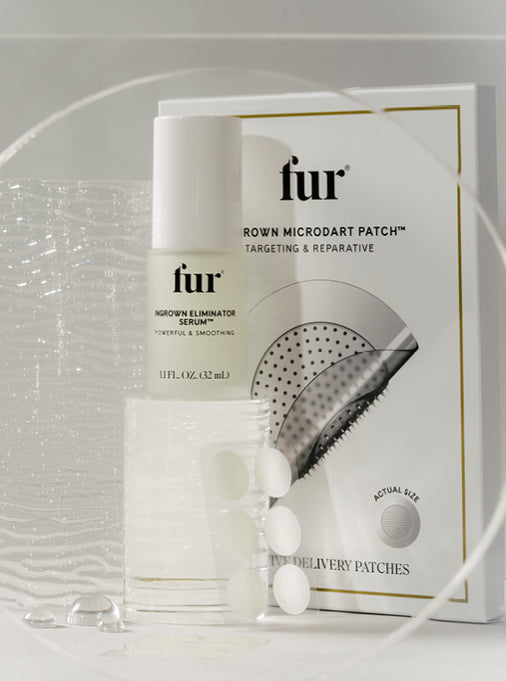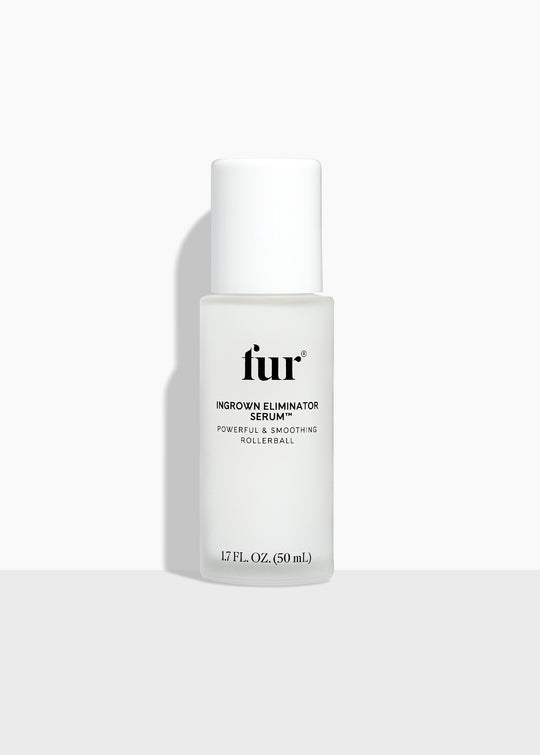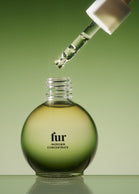
This blog post is part of our new series called (Hair)do It Yourself, where we compile some tips and tricks from the Fur team, as well as from a few of our favorite estheticians, during the stay-at-home order while some of us can’t go to our usual salon appointments.
Shaving has been a facet of many people’s routines for as long as humans have been around—before the razors were even invented, hair was sometimes removed using two shells to pull the hair out. Razors finally emerged on the scene during around 3000 BC, when copper tools were first developed. Despite its long history, it seems like ingrown hairs and razor burn are an inevitable part of shaving. Humans thousands of years ago were only using water and a sharp tool—and despite the breadth of information we have now, I bet a lot of you are doing the exact same thing. Shaving is something a lot of us do in a hurry, because we think of it more as a chore than a true skincare ritual—which is a shame, because the more time you invest in this routine can lead to much happier skin and a far closer shave. So, here’s how you can bring your routine to the 21st century and leave razor burn in the year 3000 BC.
Tips to Prevent Razor Burn
Tip #1: Do the prep work.
A good shave starts with making sure your skin is free of dead skin and clogged pores. The last thing you want is to push oil and debris further into your pores while you shave, and trap hair under the skin—this is an easy way for ingrown hairs to crop up. Exfoliating beforehand, with a scrub or a dry brush, is a great way to slough off any dirt and dead skin. Fur’s Silk Scrub is a triple-action exfoliator—so, not only does it buff the surface of your skin with all-natural jojoba beads, but it also has glycolic and alpha hydroxy acids that burrow deep into your pores and dissolve excess sebum that has the potential to trap ingrown hairs. Once you buff away the bad stuff, your skin should be ready to go!
Tip #2: It’s all in the tools.
When you use an old, dull razor, you’ll have to run the razor over the same parts of your skin multiple times to get a close shave—the more times you shave an area, the more irritated your skin’s going to get, resulting in the tell-tale bumps and razor burn. And it goes without saying that your razor shouldn’t be rusty and clogged with old skin and hair—all that stuff will just get pushed deeper into your pores. Ideally, your razor should be as sharp as possible and squeaky clean.
Tip #3: Soap and conditioner are not substitutes for a shaving cream that works.
A barrier between your skin and razor is essential. When you use soap or just water, you run the risk of damaging your skin and causing nicks and bumps. When you look for a good shave cream, the ingredients are key. Foamy creams with unnecessarily harsh chemicals and added fragrances can irritate the skin even worse. As a body hair brand, we’ve been asked hundreds of times for a shave cream recommendation, but we never found one that we felt comfortable sharing with our community. There really weren’t any creams on the market that were up to our ingredient standards—so finally, we took matters into our own hands and made our own. Unlike foaming shave creams, our Shave Cream’s no-foam formula is chock full of cooling and healing ingredients for more glide, and less slide. So not only does it provide a protective barrier between your skin and your razor, its ingredients actually heal and hydrate your skin as you shave.
Tip #4: Aftercare is everything.
Once you’re done with your shave, it’s time to nourish your skin and protect it from any irritation. To make sure shaving doesn’t dry your skin out, apply a healthy amount of lotion or body oil as soon as you get out of the shower to seal in moisture. Look for lotions that have healing ingredients, like tea tree oil, that don’t just moisturize skin but also prevent burns and bumps. Our signature aftershave, Stubble Cream, is a lightweight full-body moisturizer that not only quenches any potential razor burn, but contains olive extracts that softens your regrowth as it comes back in.
Tip #5: Sometimes, ingrowns happen.
And when they do, be prepared. Keep a serum on hand that can target spots and soothes inflammation as soon as it appears. However, avoid ingrown treatments that have harsh chemicals and alcohols, as those can be overly drying and end up causing scabs or scarring. Natural ingredients to look for are witch hazel or tea tree, which strip the skin of excess sebum without harming its natural moisture. At Fur, we carry two ingrown treatments: Ingrown Concentrate, for more sensitive skin types, and Ingrown Eliminator, a wipe for the harder to get rid of ingrowns.
If you’d like to shop Silk Scrub, Shave Cream, and Stubble Cream all together, look no further than our Shave Set. Shave Set was created with the mindset of transforming the shave into a thoughtful ritual. It isn’t just about shaving itself, but about making sure your skin stays smooth and healthy, so you don’t have to deal with ingrowns or razor burn. While many aestheticians in our network are often against shaving, in these circumstances many of them were able to get on board, especially if their clients are using a high quality shave cream.
